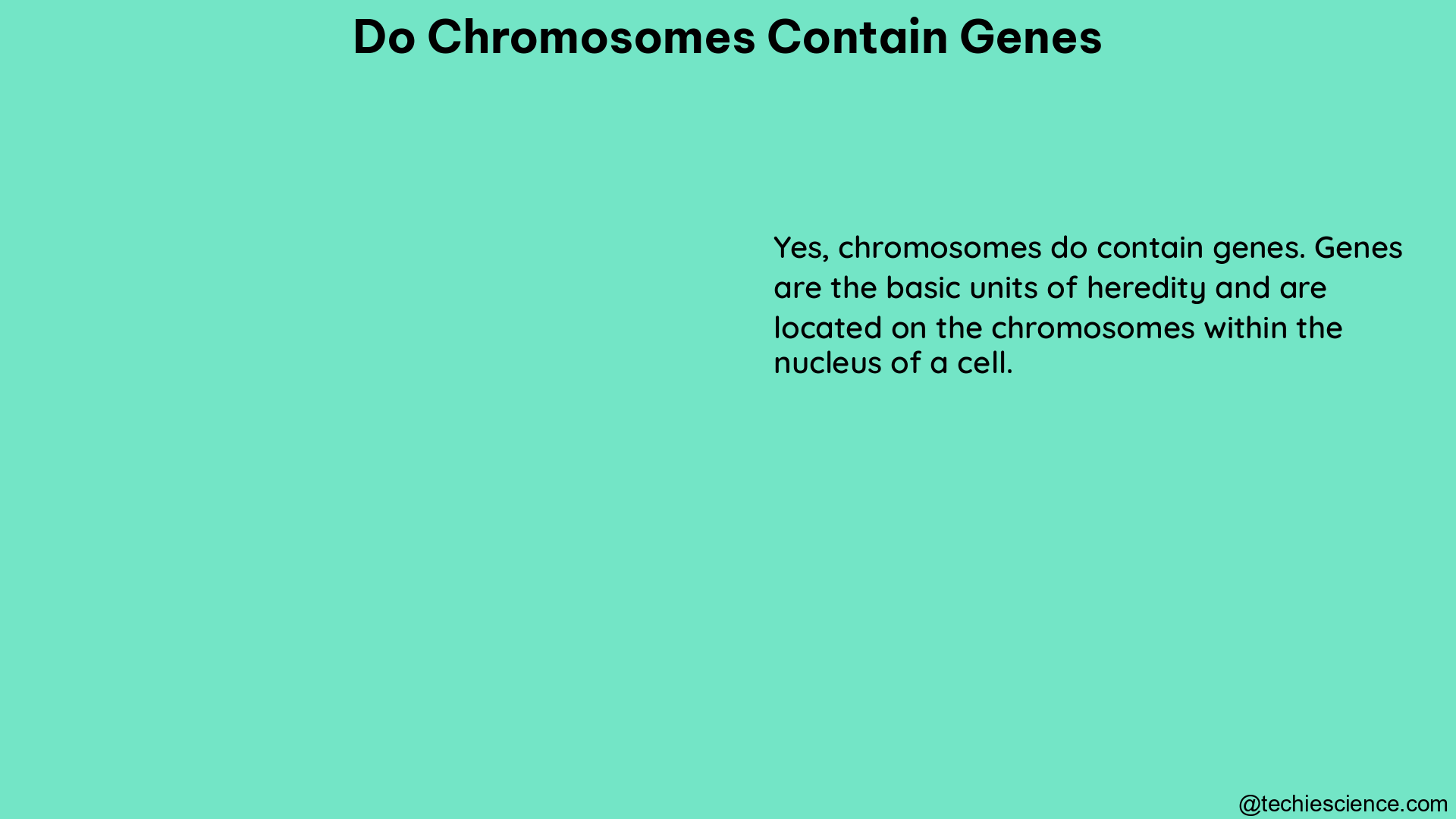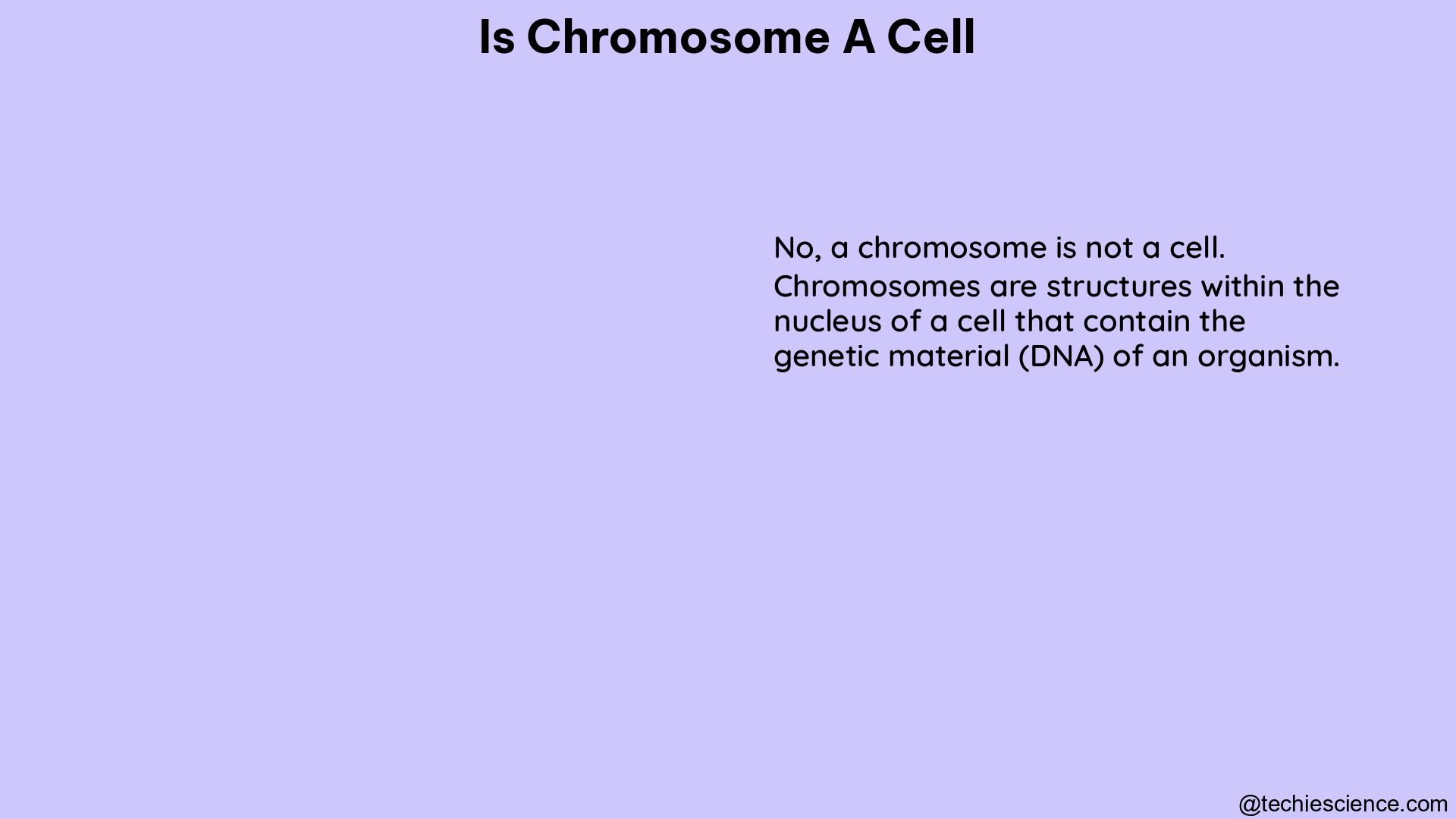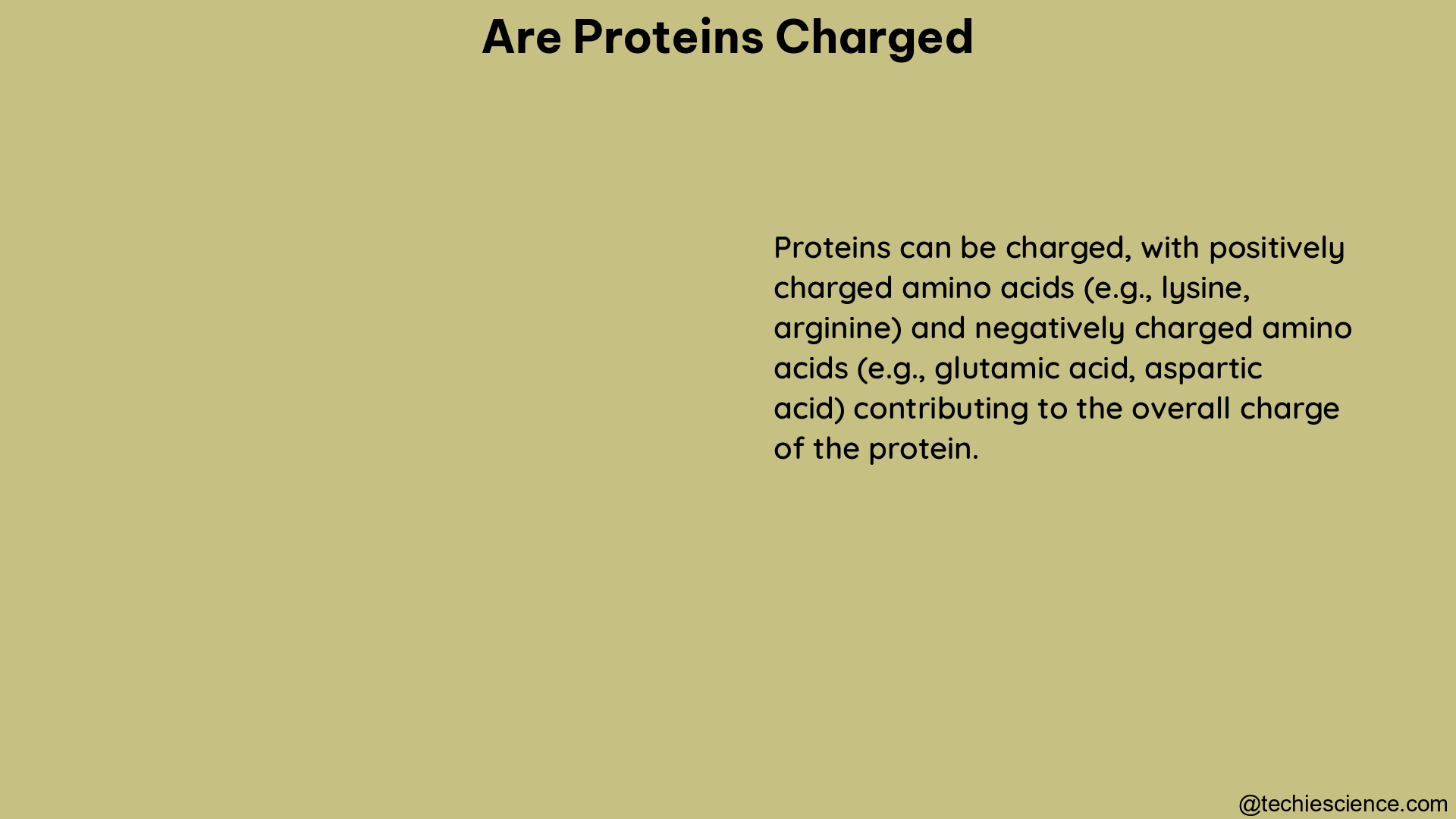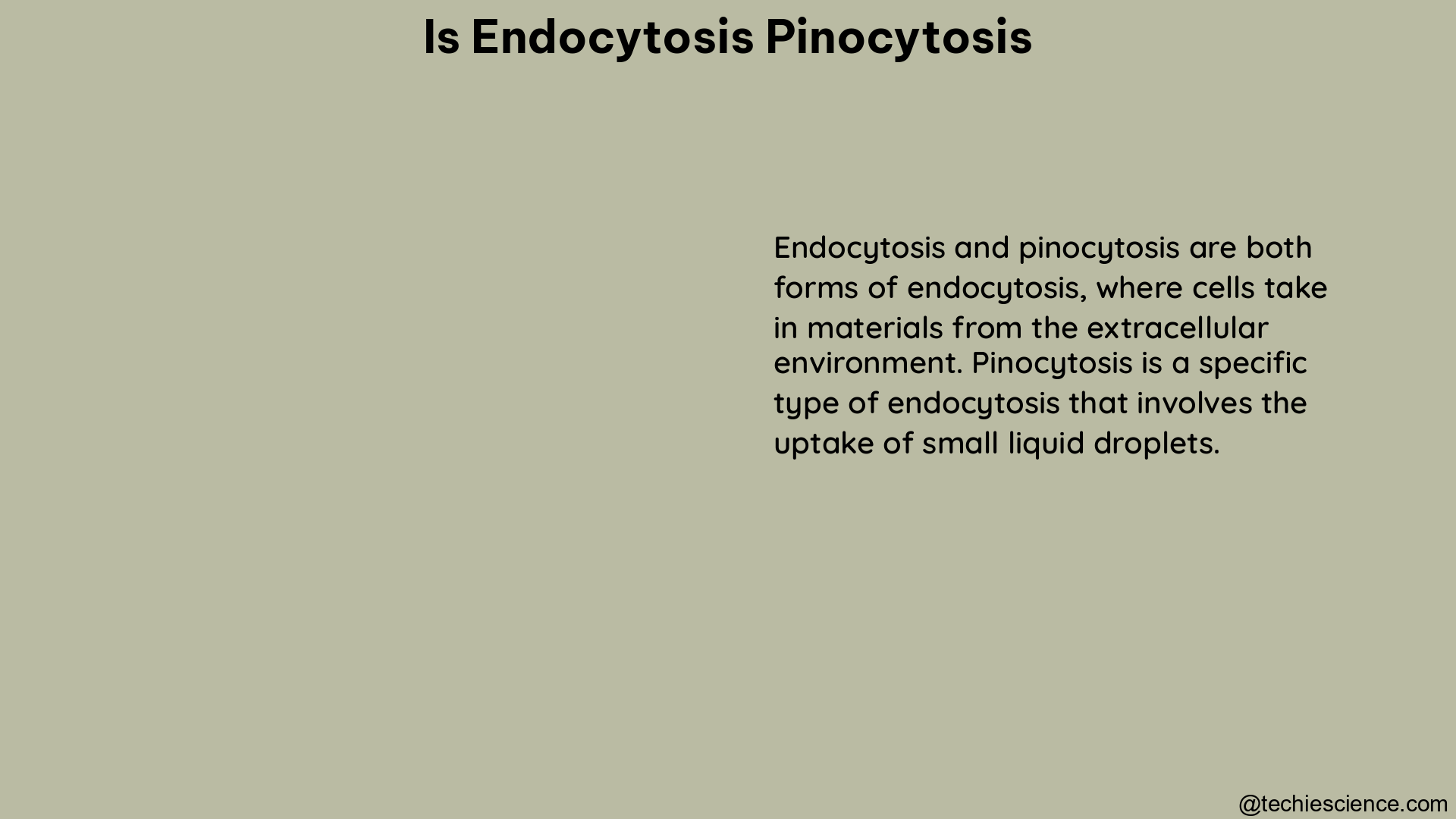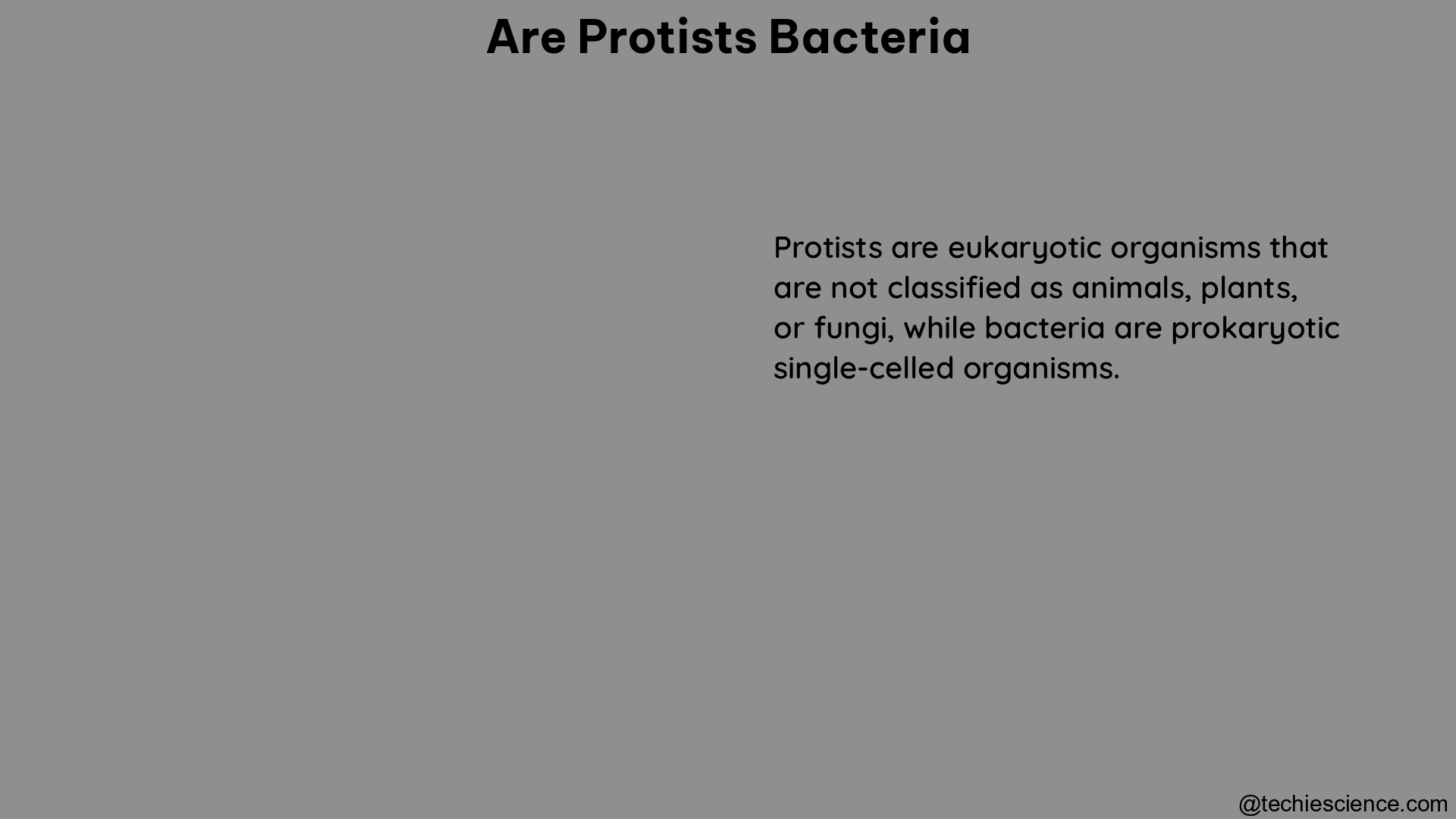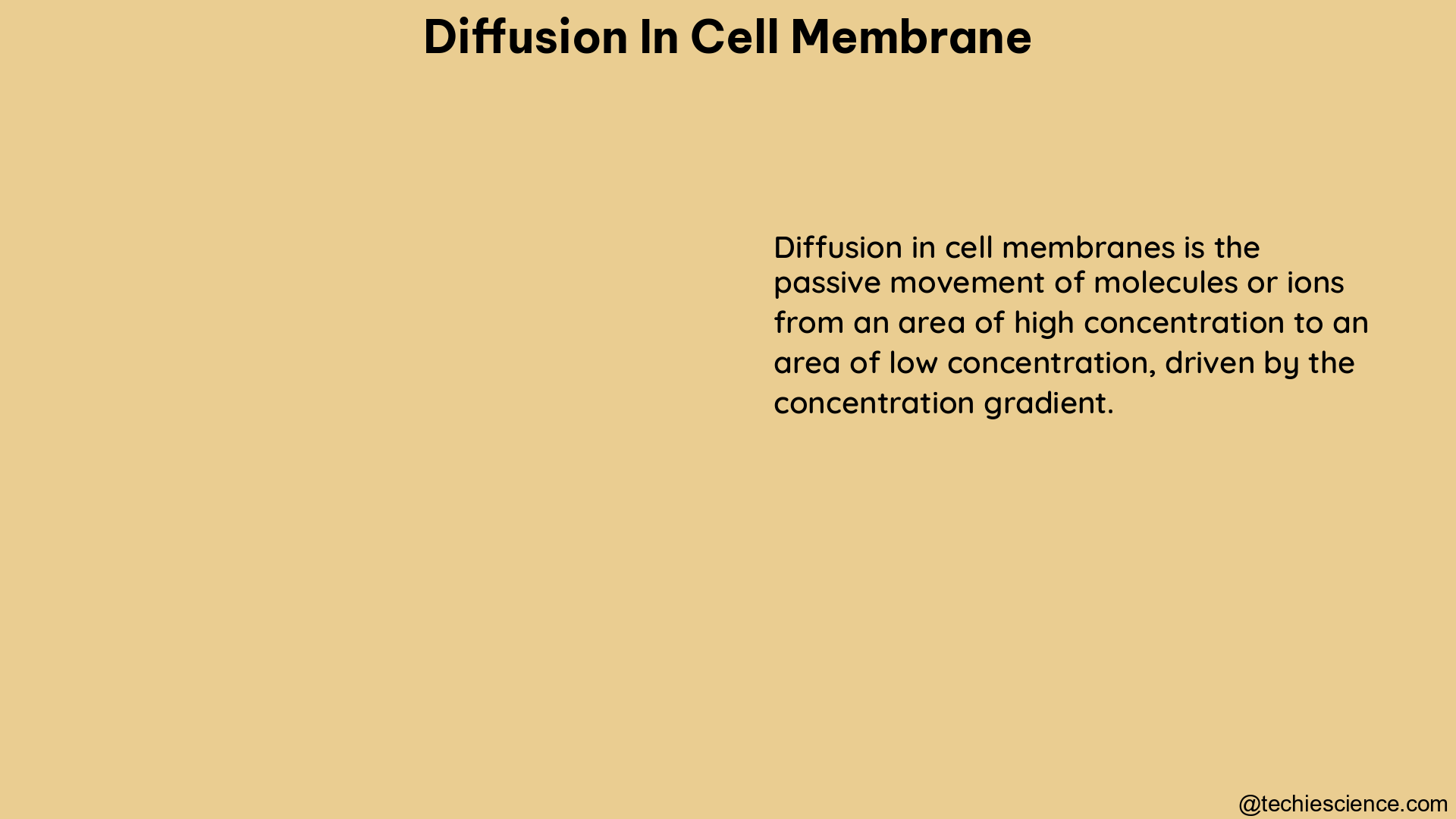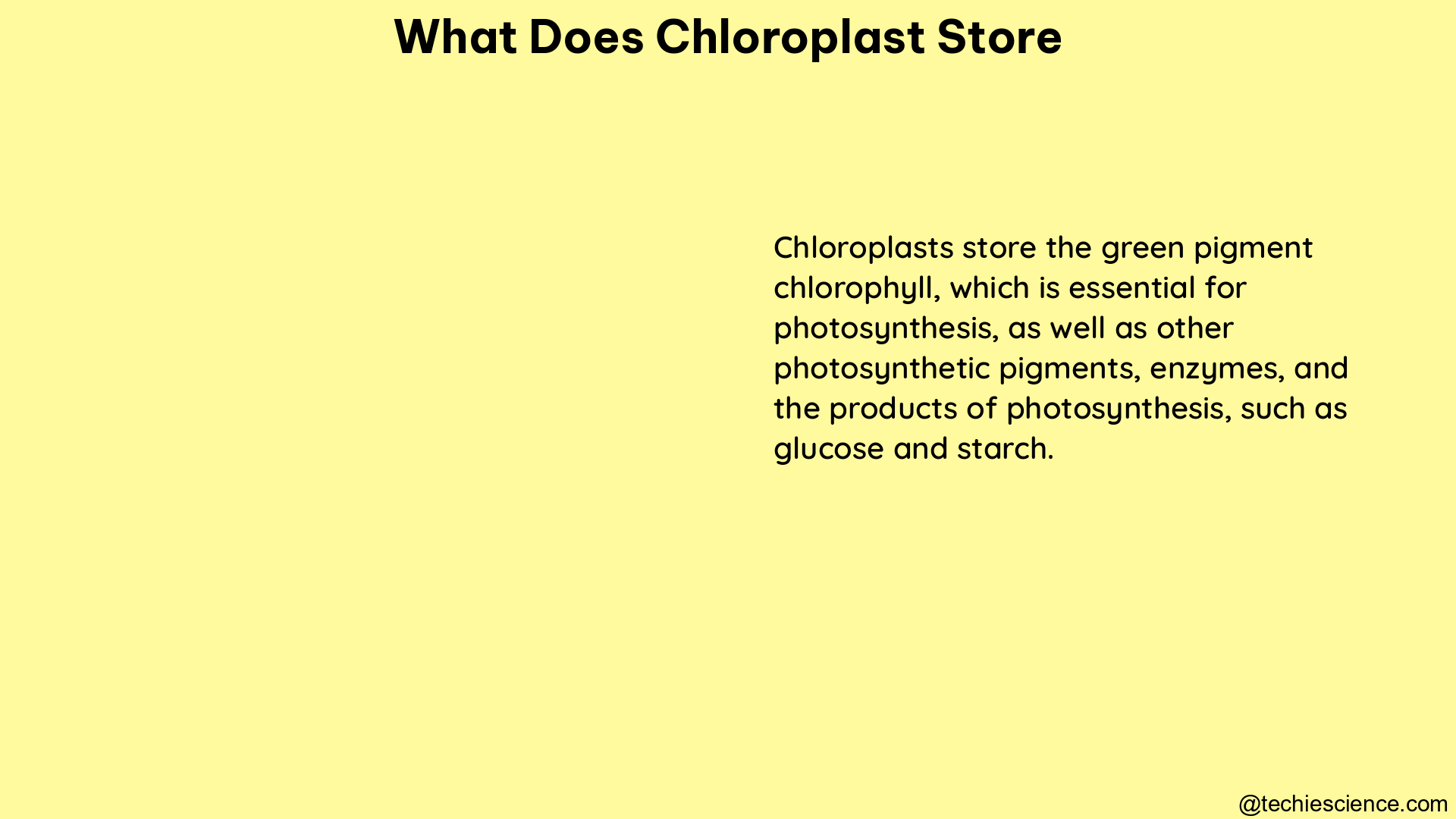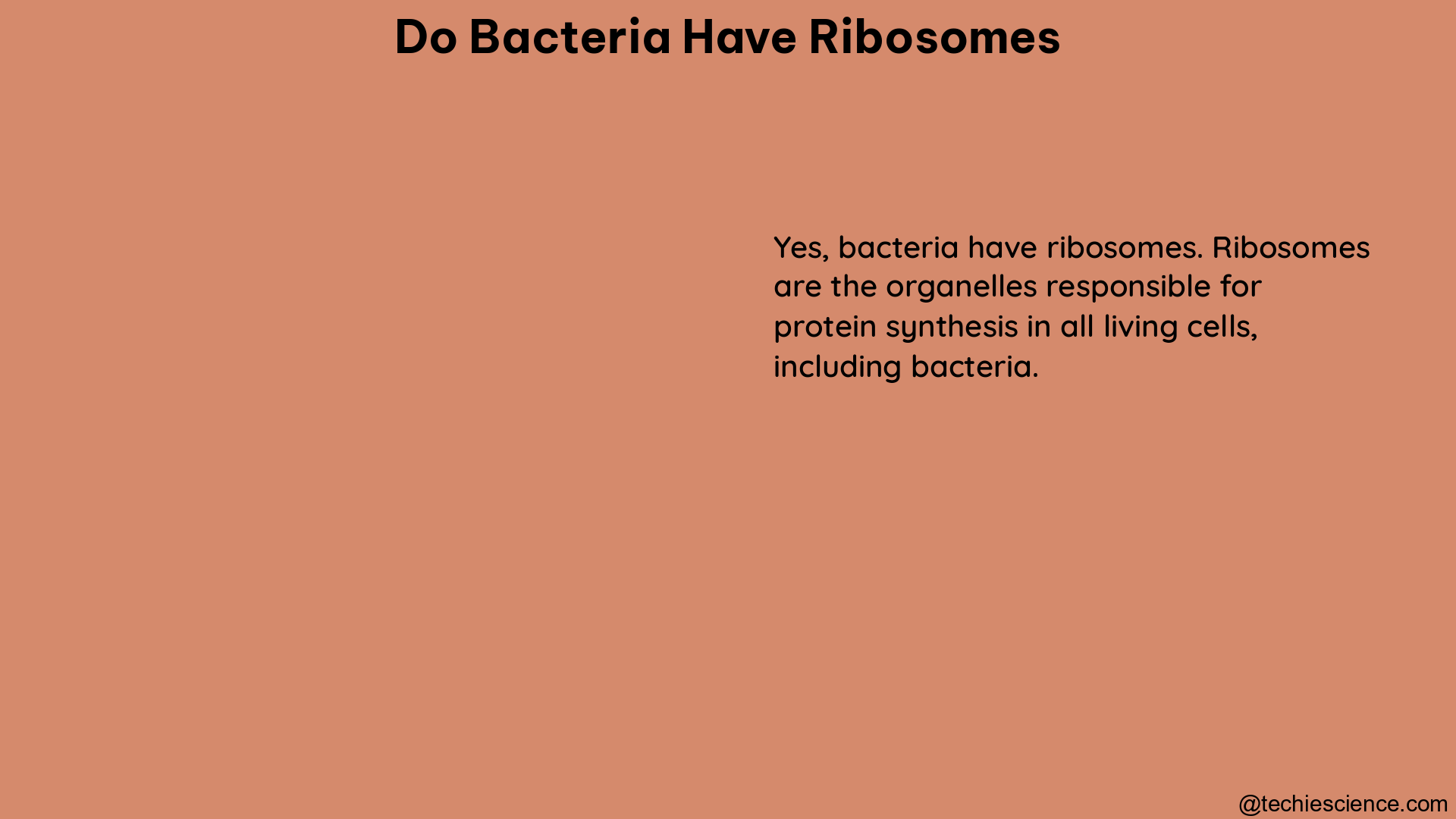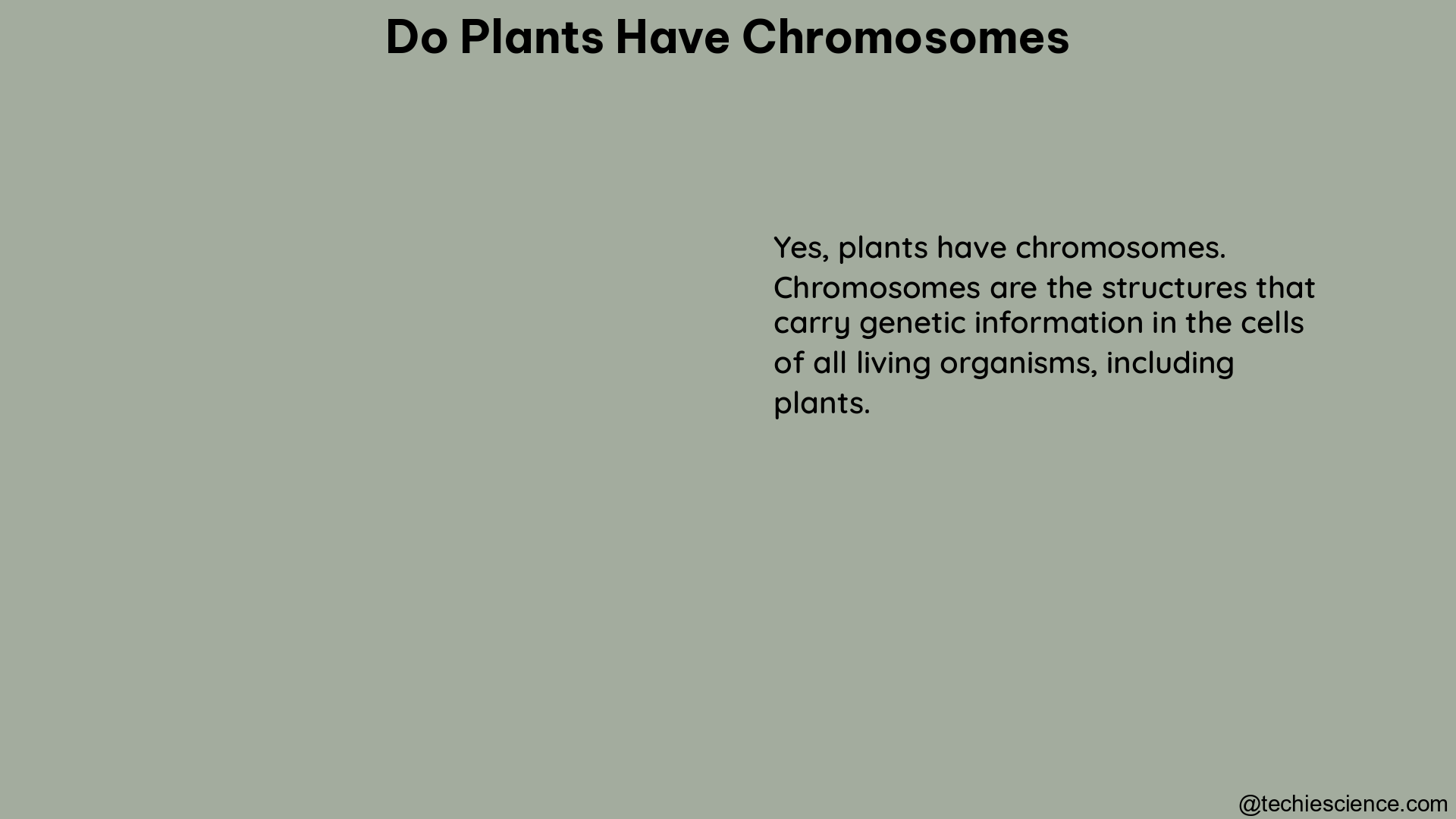Chromosomes are the fundamental units of heredity, carrying the genetic information necessary for the proper development and functioning of all living organisms. One of the most crucial aspects of chromosomes is their organization into pairs, a characteristic that is essential for various biological processes. In this comprehensive guide, we will delve into the intricacies of chromosome pairing, its significance, and the underlying mechanisms that govern this essential feature of genetics.
Understanding Chromosome Pairing
Chromosomes are thread-like structures found within the nucleus of every cell in the human body, with the exception of red blood cells. In humans, there are 23 pairs of chromosomes, resulting in a total of 46 chromosomes. This pairing of chromosomes is known as diploidy, and it is a hallmark of sexual reproduction in many species.
Each chromosome is composed of a single, continuous molecule of deoxyribonucleic acid (DNA) that is tightly coiled around histone proteins, forming a compact structure. The human genome, which contains approximately 3 billion base pairs of DNA, is distributed across these 23 pairs of chromosomes.
The Significance of Chromosome Pairing
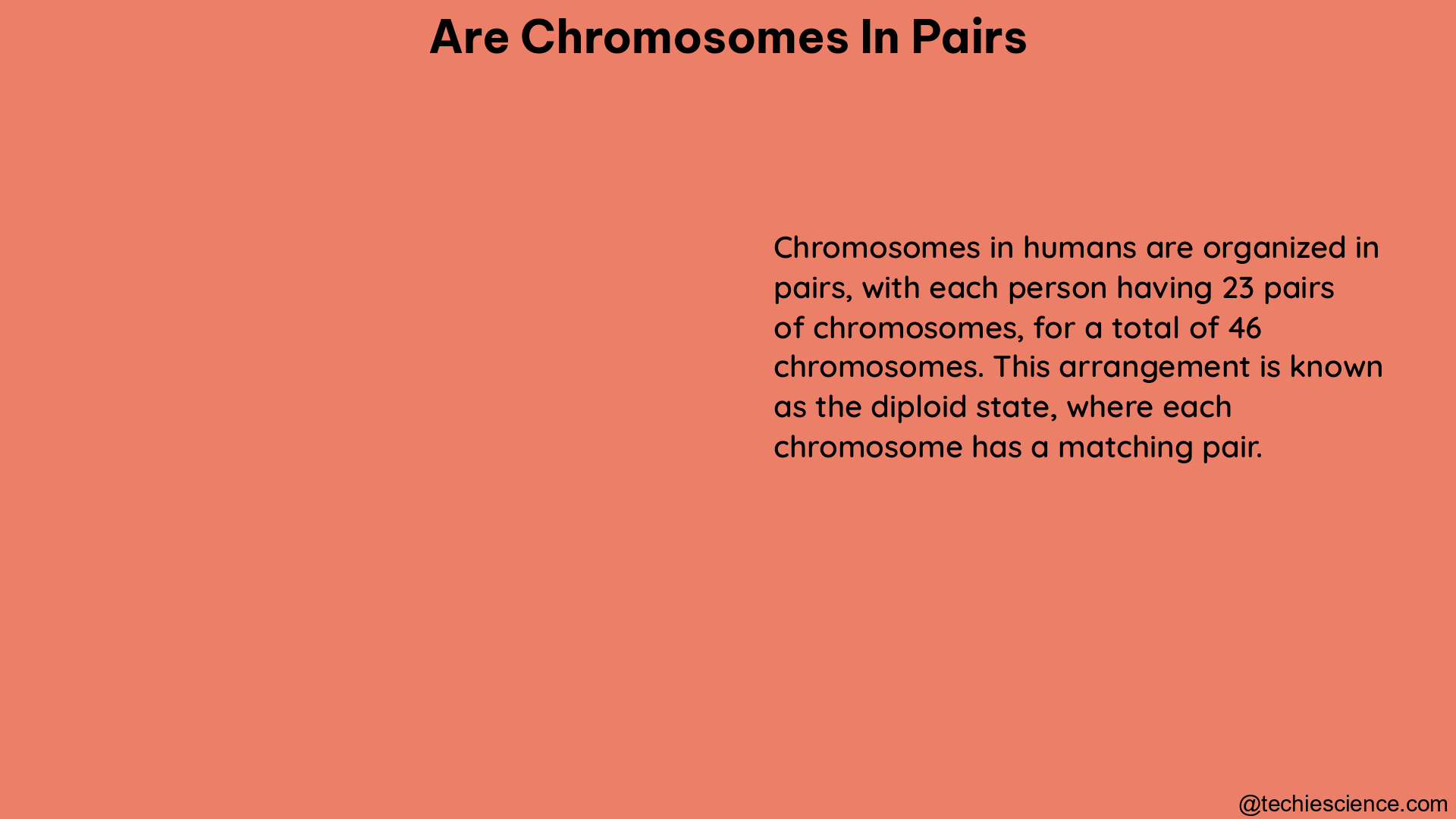
The pairing of chromosomes serves several critical functions in the maintenance and transmission of genetic information:
1. Proper Segregation of Genetic Material
During cell division, the paired chromosomes must be accurately segregated into the daughter cells to ensure that each cell receives the correct number of chromosomes. This process is particularly crucial during meiosis, the specialized cell division that produces gametes (sperm and egg cells) with half the normal chromosome count.
2. Genetic Recombination
In meiosis, the paired homologous chromosomes undergo a process called crossing over, where they exchange genetic material. This genetic recombination increases the genetic diversity within a population, as the offspring inherit a unique combination of traits from their parents.
3. Transmission of Genetic Information
The pairing of chromosomes is essential for the proper transmission of genetic information from one generation to the next. During fertilization, the fusion of the haploid sperm and egg cells restores the diploid chromosome count in the resulting zygote, ensuring the correct number of chromosomes in the new individual.
Mechanisms of Chromosome Pairing
The pairing of chromosomes is a highly regulated process that involves several key steps:
-
Homologous Chromosome Identification: During the early stages of meiosis, the homologous chromosomes (chromosomes with the same genes in the same order) recognize and pair up with each other.
-
Synapsis: The paired homologous chromosomes then undergo a process called synapsis, where they align closely and form a structure called the synaptonemal complex.
-
Crossing Over: Within the synaptonemal complex, the paired chromosomes exchange genetic material through a process called crossing over. This genetic recombination creates new combinations of alleles, increasing genetic diversity.
-
Chiasmata Formation: The points where the chromosomes have exchanged genetic material are called chiasmata, and these physical connections help to hold the paired chromosomes together during the subsequent stages of meiosis.
-
Chromosome Segregation: During the later stages of meiosis, the paired chromosomes are precisely segregated into the daughter cells, ensuring that each cell receives the correct number of chromosomes.
Chromosome Pairing Disorders
While the pairing of chromosomes is a fundamental aspect of genetics, there are some rare genetic disorders that can arise from abnormalities in this process:
-
Aneuploidy: This condition occurs when an individual has an incorrect number of chromosomes, either missing or having an extra chromosome. The most common example is Down syndrome, which is caused by the presence of an extra copy of chromosome 21.
-
Translocation: In this disorder, a portion of one chromosome becomes attached to another chromosome, leading to an imbalance in the genetic material.
-
Nondisjunction: This is a failure of the paired chromosomes to separate properly during cell division, resulting in daughter cells with an incorrect number of chromosomes.
These chromosome pairing disorders can have significant impacts on an individual’s health and development, underscoring the importance of the proper pairing and segregation of chromosomes.
Conclusion
In summary, the pairing of chromosomes is a critical feature of genetics that is essential for the proper segregation of genetic material, genetic recombination, and the transmission of genetic information from one generation to the next. Understanding the mechanisms and significance of chromosome pairing is crucial for advancing our knowledge of genetics and its applications in various fields, from medicine to evolutionary biology.
References:
- Alberts, B., Johnson, A., Lewis, J., Raff, M., Roberts, K., & Walter, P. (2002). Molecular Biology of the Cell. Garland Science.
- Griffiths, A. J., Wessler, S. R., Lewontin, R. C., & Carroll, S. B. (2015). Introduction to Genetic Analysis. W. H. Freeman.
- Strachan, T., & Read, A. P. (2018). Human Molecular Genetics. Garland Science.
- Klug, W. S., Cummings, M. R., Spencer, C. A., & Palladino, M. A. (2019). Concepts of Genetics. Pearson.
- Lodish, H., Berk, A., Zipursky, S. L., Matsudaira, P., Baltimore, D., & Darnell, J. (2000). Molecular Cell Biology. W. H. Freeman.
